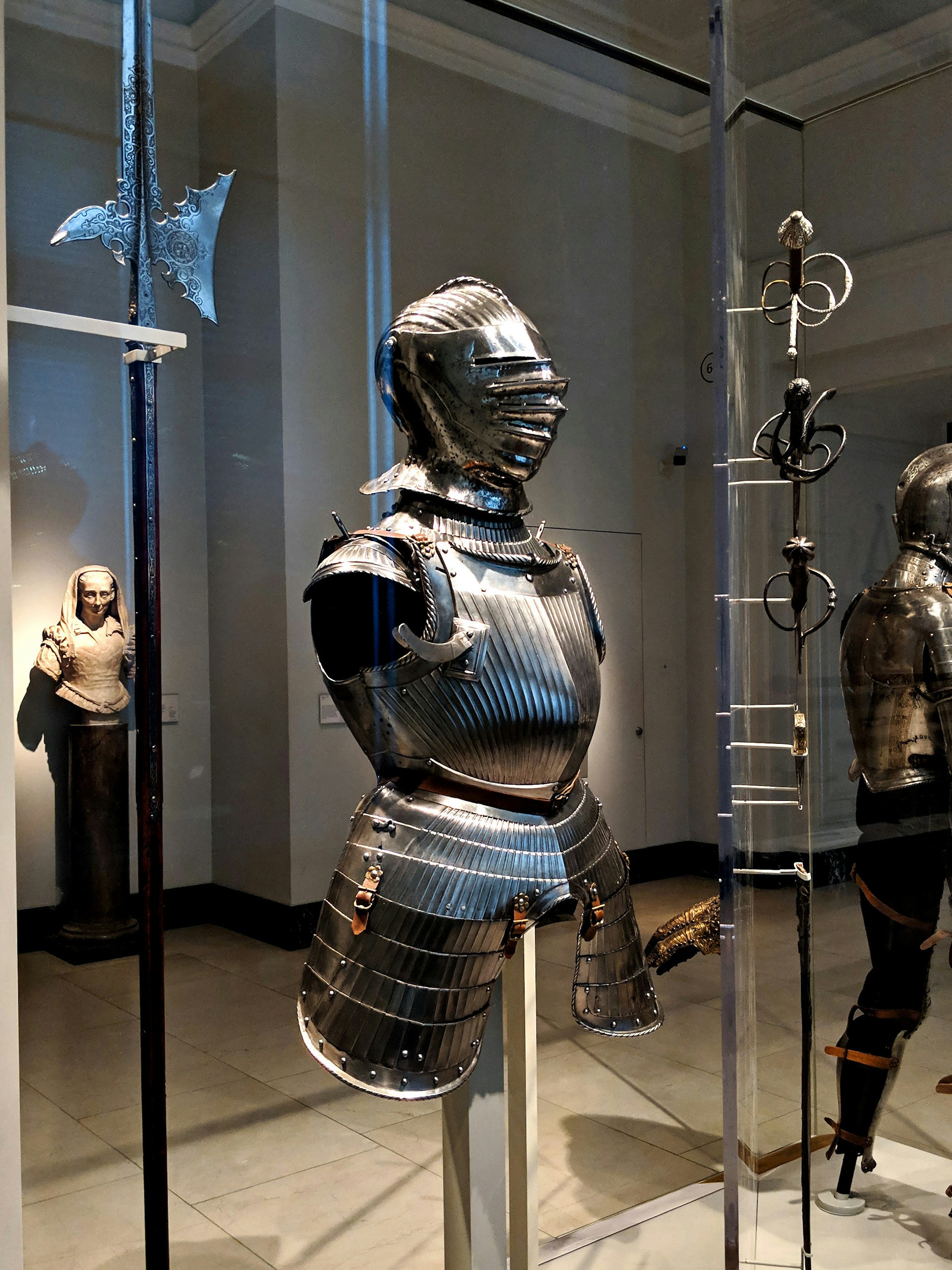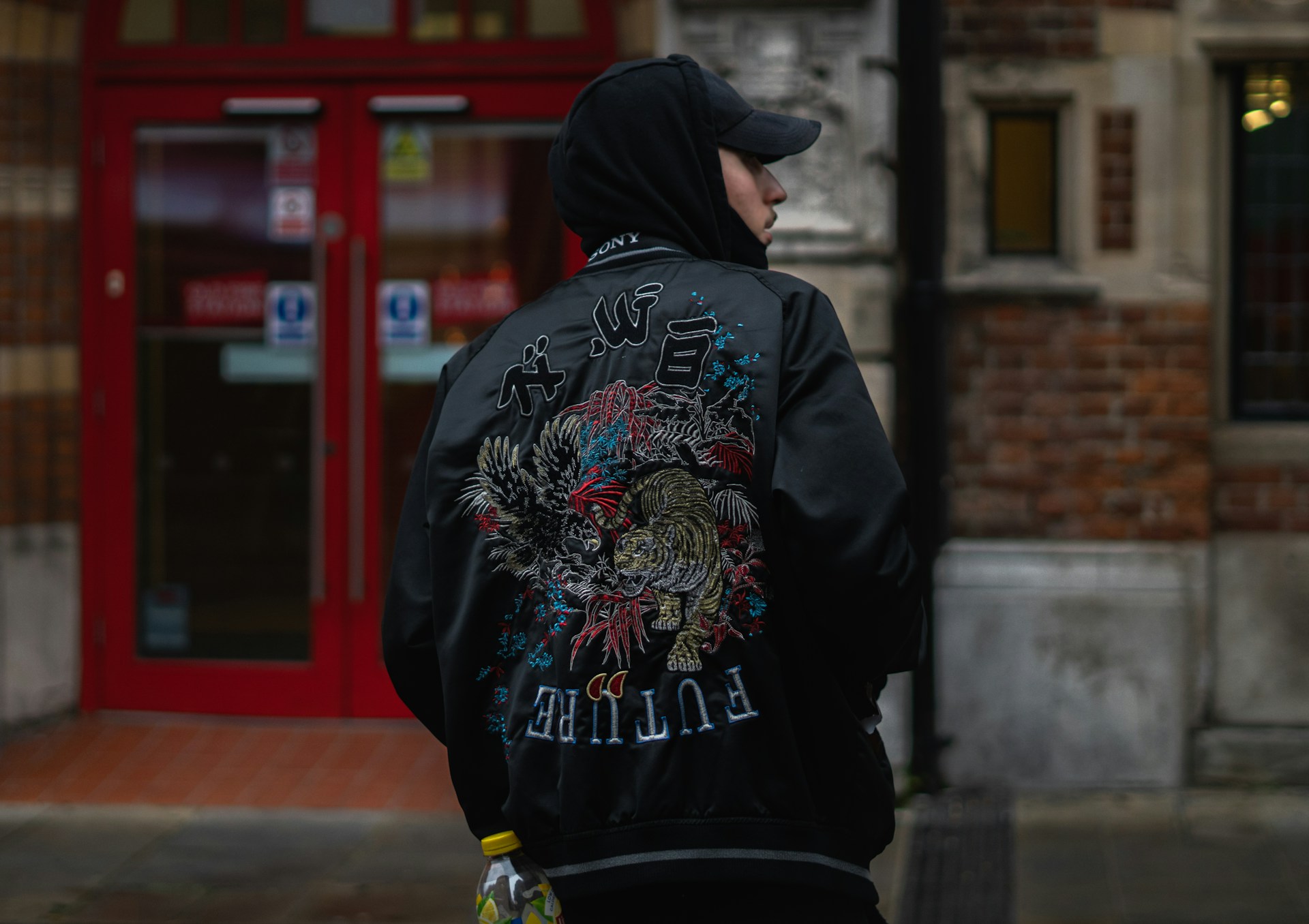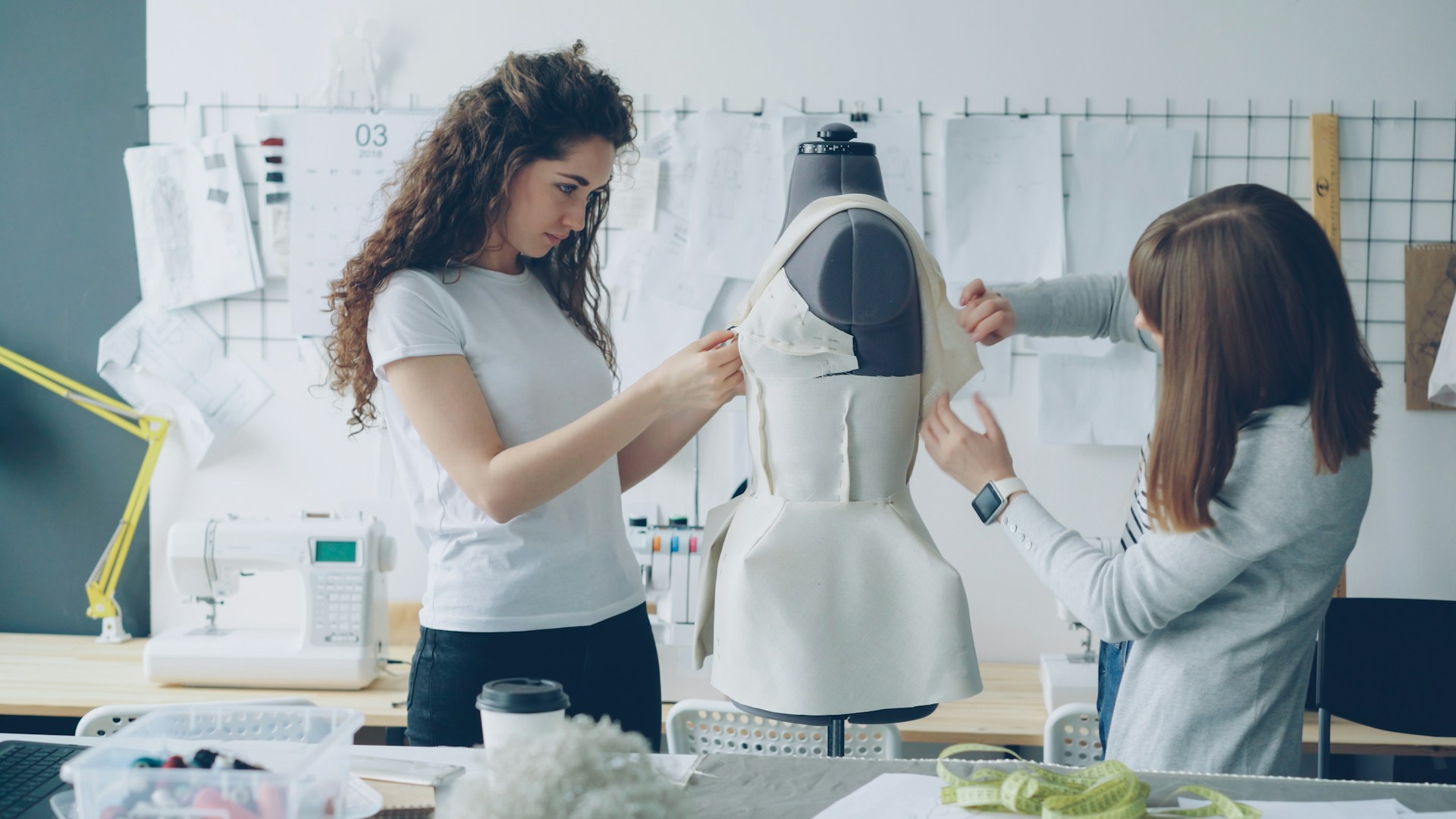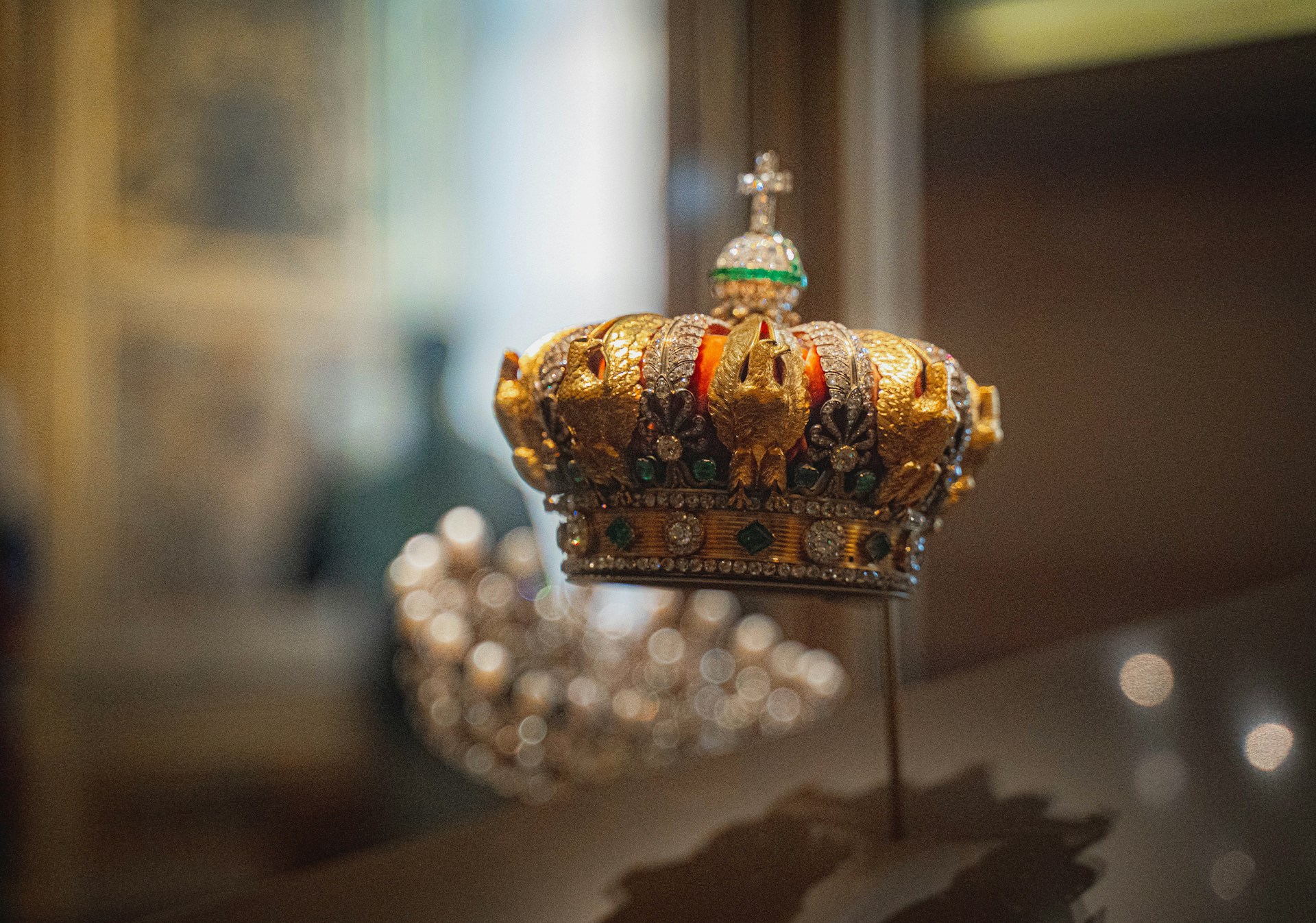Introduction
When you put on a blazer before a meeting or sneakers before a protest, you’re donning armor. Clothes are shields—physical, psychological, cultural. What we wear defends us as much as it defines us.

Historical Armor
-
Knights, samurai, gladiators—literal protection and identity.
-
Military uniforms as armor + belonging.
-
Indigenous warriors painting bodies as both spirit armor and intimidation.
Psychological Armor Today
-
Business suits as workplace battle gear.
-
Punk leather jackets as defiance shield.
-
Hijabs and turbans as identity protection.
-
Sneakers as belonging in urban tribes.
Curiosity Twist: Clothes Change the Brain
-
“Enclothed cognition”: clothes alter behavior and confidence.
-
Lab coats increase focus; uniforms increase authority.
-
We don’t just wear clothes—clothes wear us back.

Modern Parallels
-
Fashion tech: bulletproof hoodies, air-purifying scarves.
-
Climate change: clothes as protection against extremes.
-
Protest fashion: masks, colors, coordinated outfits.
Practical Lessons
-
Dress intentionally for mental armor.
-
Use fashion to align with values and groups.
-
Experiment with protective garments as empowerment.
Quick Checklist
□ Choose one outfit that makes you feel armored
□ Notice how clothes change your behavior
□ Use accessories as subtle shields
□ Treat fashion as psychology, not vanity
Bottom Line
Clothing isn’t just expression—it’s armor. Every shirt, shoe, or scarf is a shield against world and self-doubt.

